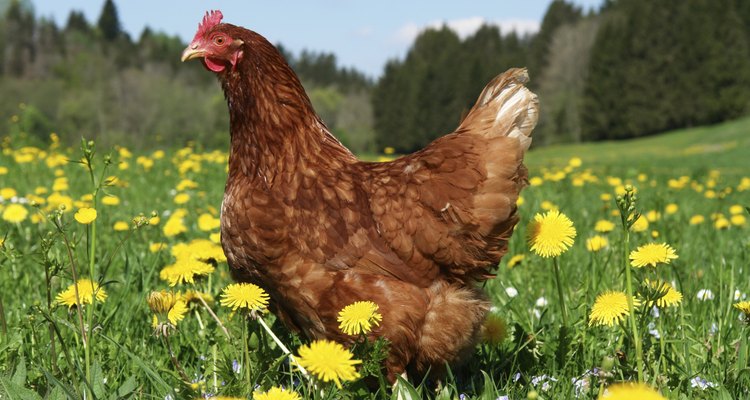
snowflock/iStock/Getty Images
While most supermarket chickens are raised indoors in confinement, free-range chickens are allowed to roam outdoors. Their diet, supplemented by plants and insects, is more varied than that of conventional chickens, which are fed a diet designed to fatten them as quickly as possible. Leaner, older free-range chickens benefit from a variety of cooking tips.
High Temperature Blast
Chickens get flavorful, crispy skin when roasted in a hot oven, but the meat can get quickly dried out. “Fine Cooking” contributors Beth Dooley and Lucia Watson suggest a solution when roasting free-range chickens. They season their birds, cook them at a high initial heat—450 degrees—and then finish roasting them at the moderate temperature of 375 degrees. Dooley and Watson say that free-range chickens “tend to be slaughtered later and so they've developed a fine layer of fat and muscle tone, all of which enrich flavor when roasting.”
Brining
Mike Robinson of the BBC reports that free-range chickens lead a more active life than conventional chickens, which can result in a leaner bird. Fat provides a cooked chicken with a moist and juicy consistency. “Cooks Illustrated” proposes that the technique of brining will result in chicken that is plump and well seasoned. Brining a free-range chicken involves soaking the bird in a solution of kosher salt, sugar and water for about 1 hour per pound.
Salting
Although free-range chickens, with their varied diet, tend to be more flavorful, salting can bring them to the next level. If you don’t have room in your refrigerator for a chicken in a large container of brining liquid, simply salting your chicken a few hours before roasting it will contribute to more a pronounced flavor. In a taste test, kosher chickens were rated the highest. “Cooks Illustrated” attributed this in part to the processing of kosher chickens, where they are buried in salt for an hour to remove impurities.
Internal Temperature
No one likes undercooked poultry, but fear of food-borne illnesses compels some people to overcook their chickens. Lean free-range chickens are vulnerable to becoming tough and chewy. The United States Department of Agriculture recommends that you should cook chicken to an internal temperature of 165 degrees. They suggest testing the temperature with a meat thermometer to avoid either undercooking or overcooking your free-range chicken.
Related Articles
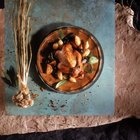
Seasonings for Cornish Hens

How Long Can You Cook Beef Ribs at 300 ...

Do You Need to Defrost Chicken Wings ...
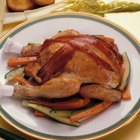
How to Grill a Cornish Hen on the ...

What Is the Difference Between Eating ...
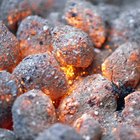
How to Cook Quail on a Grill

What if You Don't Cook Chickpeas Long ...

How to Tenderize Gizzards

Do You Need to Boil Sausage Before ...

Can I Cook Duck in Low Temperatures to ...

How Long Do You Need to Boil Large ...

Shank Ham Cooking Directions

How to Roast Cornish Hens With Potatoes ...

How to Shrink Leather Boots
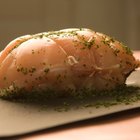
How to Brine Pork Loins
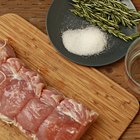
How to Brine Pork Roast
How Long Can You Marinate Meat Before ...
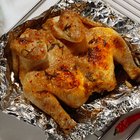
How to Get a Crispy Crust on Roasted ...

Do You Have to Cook the Chicken After ...

Is it Normal for Chicken to Bleed When ...
References
Writer Bio
Fiona Fearey has an undergraduate degree from Temple University and a master's degree from New York University. She has been a freelance writer and editor for over five years. She has written for Pluck on Demand and various other websites. Other professional experience includes education, the arts and decorative painting.
Photo Credits
snowflock/iStock/Getty Images